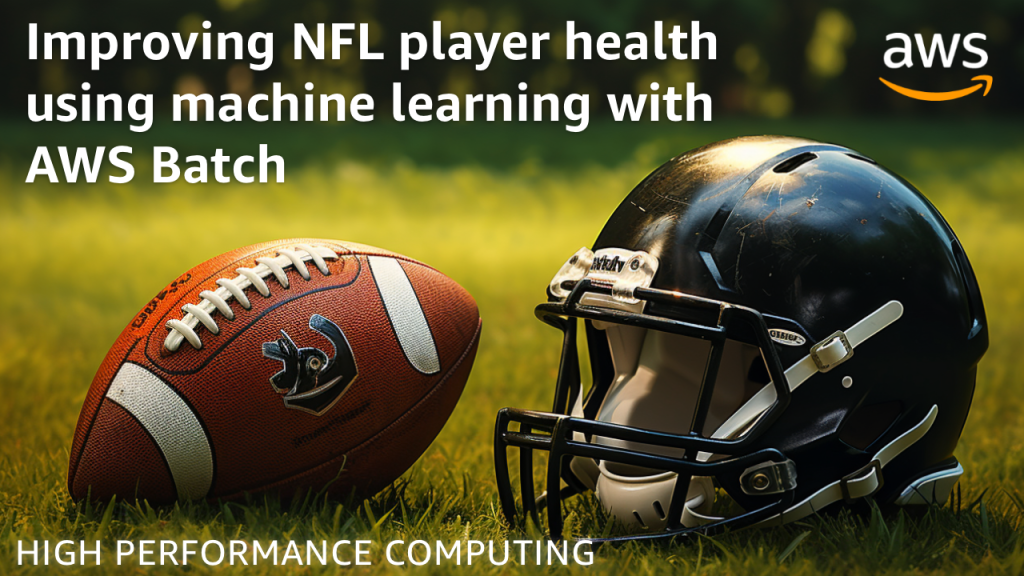AWS HPC Blog
Category: AWS Batch
EFA: how fixing one thing, led to an improvement for … everyone
Today, we’re diving deep into the open-source frameworks that move MPI messages around, and showing you how work we did in the Open MPI and libfabrics community lead to an improvement for EFA users – and everyone else, too.
Why you should use Fargate with AWS Batch for your serverless batch architectures
AWS Batch recently added support for Graviton and Windows containers on Fargate. Read about how these and other features like large task sizes and configurable local storage make AWS Batch on Fargate a fantastic serverless solution for your batch workloads.
Conceptual design using generative AI and CFD simulations on AWS
In this post we’ll show how generative AI, combined with conventional physics-based CFD can create a rapid design process to explore new design concepts in automotive and aerospace from just a single image.
How Amazon’s Search M5 team optimizes compute resources and cost with fair-share scheduling on AWS Batch
In this post, we share how Amazon Search optimizes their use of accelerated compute resources using AWS Batch fair-share scheduling to schedule distributed deep learning workloads.
The plumbing: best-practice infrastructure to facilitate HPC on AWS
If you want to build enterprise-grade HPC on AWS, what’s the best path to get started? Should you create a new AWS account and build from scratch? In this post we’ll walk you through the best practices for getting setup cleanly from the start.
Automate scheduling of jobs on AWS Batch and AWS Fargate with Amazon EventBridge
In this post we’ll show how to use AWS Batch, AWS Fargate and Amazon Event Bridge to create a job scheduling solution for containers that’s fully managed, serverless, and event-driven.
Improving NFL player health using machine learning with AWS Batch
In this post we’ll show you how the NFL used AWS to scale their ML workloads and produce the first comprehensive dataset of helmet impacts across multiple NFL seasons. They were able to reduce manual labor by 90% and the results beats human labelers in accuracy by 12%!
Diving Deeper into Fair-Share Scheduling in AWS Batch
Today we dive into details of AWS Batch fair share policies and show how they affect job placement. You’ll see the result of different share policies, and hear about practical use cases where you can benefit from fair share job queues in Batch.
How SeatGeek simulates massive load with AWS Batch to prepare for big events
In this post we explore SeatGeek’s load testing system that simulates 50k simultaneous users. Originally built to prep SeatGeek for large-event traffic spikes, it now runs weekly to help them harden their code.
Protein Structure Prediction at Scale using AWS Batch
In this post, we discuss how Novo Nordisk approached the deployment of a scale-out HPC platform for running AlphaFold, while meeting their enterprise IT requirements and keeping the user experience simple.









